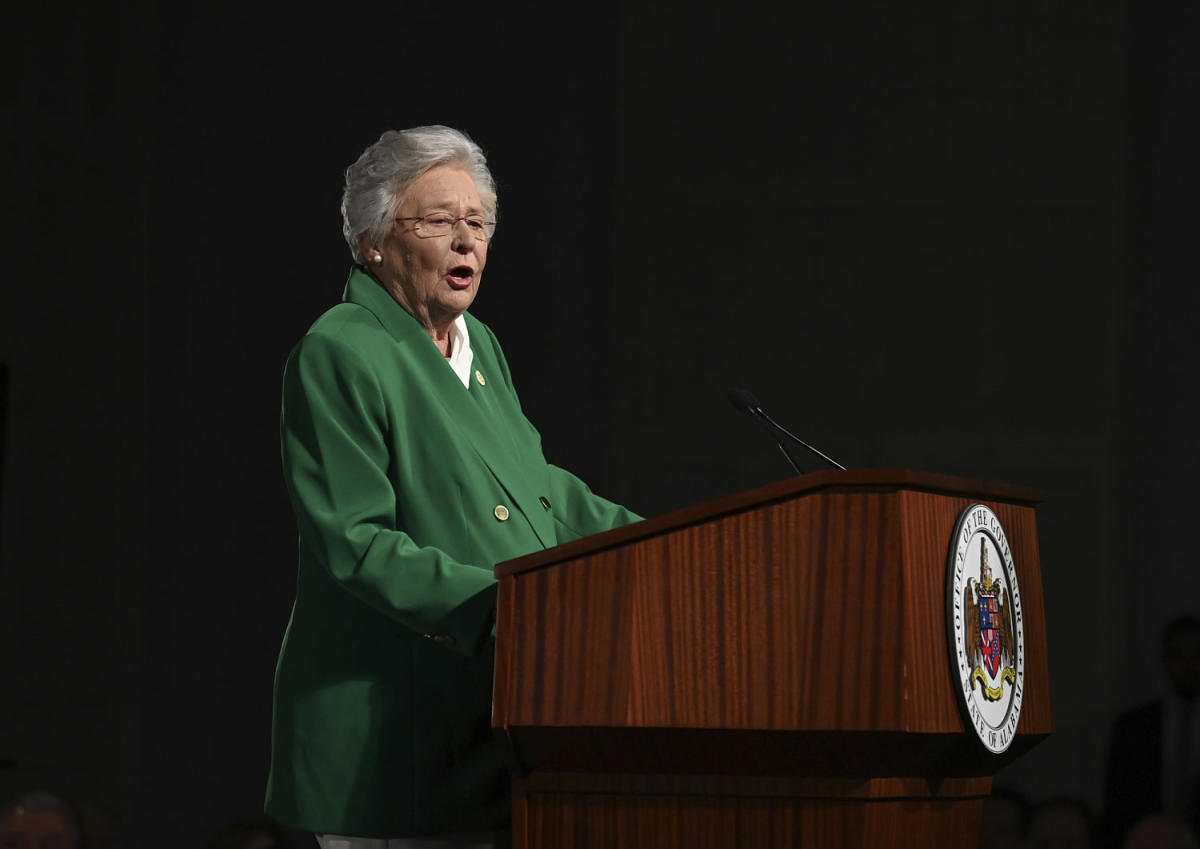
Investigators identified a Malaysian plant operated by Boeing supplier Spirit AeroSystems as the source of the faulty door plug on Alaska Airlines Flight 1282. Shelby Tauber—Bloomberg/Getty Images
Investigators have scrambled to figure out why a section of fuselage ripped off of Alaska Airlines Flight 1282 on Jan. 5. The National Transportation Security Board revealed one of their findings on Wednesday—though it doesn’t make getting further answers any easier.
A plant in Malaysia, operated by Boeing supplier Spirit AeroSystems, manufactured the faulty door plug on the 737 Max 9 jet involved in the incident, announced NTSB chair Jennifer Homendy on Wednesday. (Door plugs replace unneeded emergency exit doors). That means a fault could have happened anywhere between Malaysia, Spirit’s facility in Wichita, or Boeing’s factory near Seattle.
“We have no indication right now of where in the process this occurred,” Homendy told reporters after a Senate hearing, according to the Wall Street Journal. “This could be anywhere along the line,” she said, adding that the NTSB wasn’t focusing on just manufacturing.
Boeing has outsourced much of its manufacturing to outside suppliers like Spirit, which in turn built sprawling global supply chains, including to countries like Malaysia.
The Southeast Asian country is the region’s second-largest aerospace hub, and the industry there generated $3.4 billion in revenue in 2019, according to documents from the Malaysian Investment Development Authority. Suppliers based in Malaysia work with both major aircraft manufacturers, Boeing and Airbus.
Spirit has a plant in Subang, close to Kuala Lumpur, the country’s capital. The Boeing supplier opened the 242,000 square foot facility in 2009.
“Although Spirit is an aerospace company, it’s also a people company and it is the people in Malaysia that have convinced me that this is a great place for Spirit to grow globally,” Jeff Turner, then-CEO of Spirit, said at the time.
In addition to Malaysia and the U.S., Spirit also has facilities in the U.K., France, and Morocco.
Spirit did not respond to Fortune’s request for comment made outside of U.S. business hours. A spokesperson for the company confirmed to The Associated Press that the plug was made in Malaysia.
A spokesperson for Boeing said the company would defer to Spirit for more information on the door plug’s origin.
‘Going to get better’
Boeing CEO Dave Calhoun has pledged to deepen cooperation between his company and Spirit. “We’re going to get better,” Calhoun said at a town hall at Spirit’s headquarters in Wichita. Boeing and Spirit engineers, mechanics and engineers are “going to speak the same language on this in every way, shape or form,” he added.
Both Boeing and Spirit are still reeling from the Alaska Airlines incident.
Around 170 planes, mostly operated by Alaska Airlines and United Airlines, are still grounded, pending inspection instructions from Boeing and the Federal Aviation Administration. On Wednesday, FAA officials said that they had inspected 40 planes identical to the one involved on the Alaska Airlines flight.
Boeing shares have fallen 18% since Jan. 5, the date of the Alaska Airlines incident. Spirit shares are down 15% over the same period.
Boeing’s return to Asia
The incident is complicating Boeing’s return to Asia—specifically, to China. At one time, China was one of Boeing’s most promising markets, thanks to the country’s booming aviation sector. But Chinese officials froze orders of Boeing planes in 2019, following two deadly crashes by the 737 Max 8.
Boeing is starting to tiptoe back into the market: The manufacturer delivered its first plane in over four years to a Chinese airline last December.
But now, Chinese regulators and airlines are conducting additional checks on Boeing planes following the Alaska Airlines incident, the Wall Street Journal reported earlier this week. (The planes being inspected are not the 737 Max 9)
Other airline manufacturers are filling the gap left by Boeing’s absence. Chinese airlines turned to Airbus’s A320 series during the Boeing freeze: Over a thousand A320s were operational in China by the end of 2022, compared to just over 940 Boeing 737s, according to Bloomberg. And China, too, has a homegrown 737 competitor: the C919, made by state-owned enterprise COMAC.

Jessica Roberts is a seasoned business writer who deciphers the intricacies of the corporate world. With a focus on finance and entrepreneurship, she provides readers with valuable insights into market trends, startup innovations, and economic developments.







